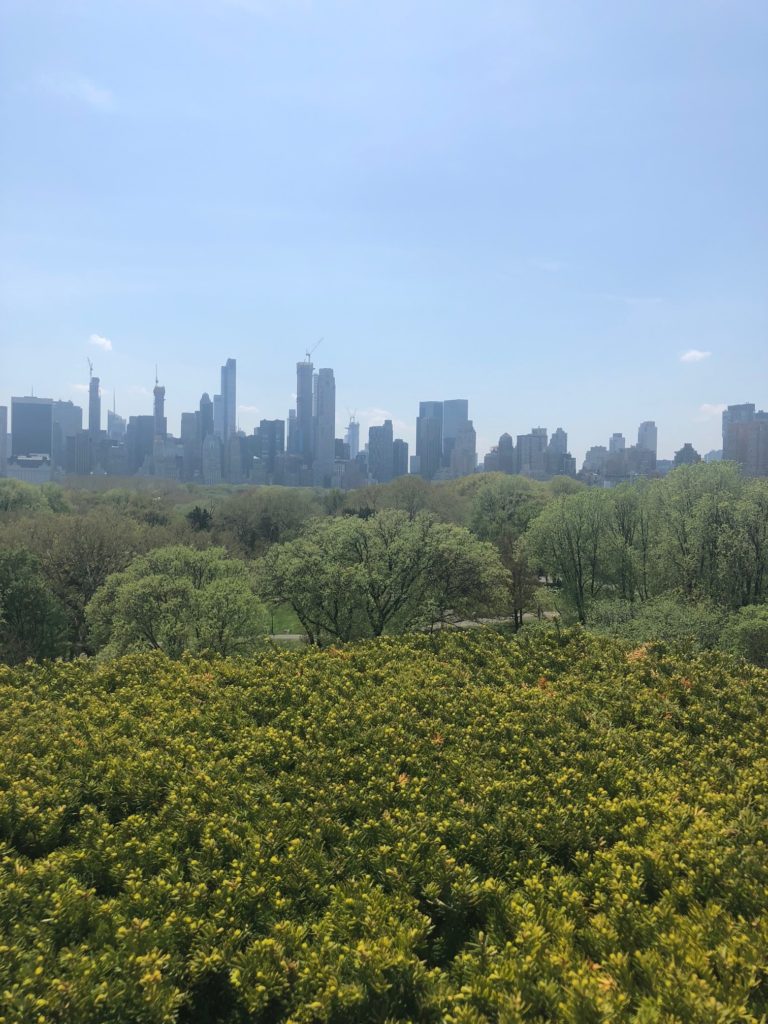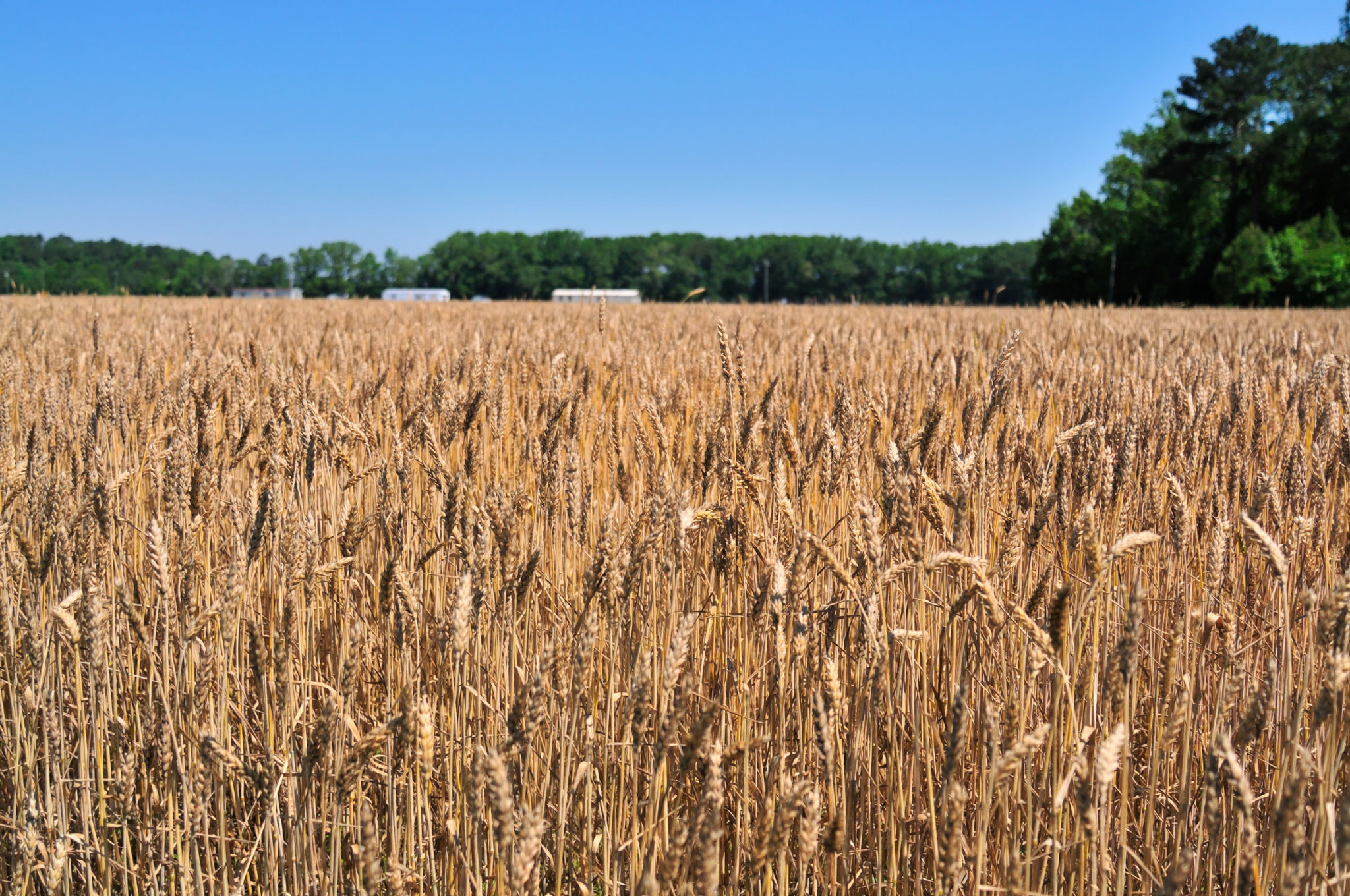Forestland in the City

11:00 AM – May 2, 2018 – Convene Conference Center TIAA CREFF Building, New York, NY
You would be correct in asking me what the hell am I doing in New York City sitting here in a financial services building. I should be looking at farmland or timber working to sell something today. Right?
Instead of my normal detail, I am attending the RISI Forest Investment Conference where more than 250 professionals have convened to network and present information about global forest investment markets. The attendees include the largest timber investment organizations in the world that drive timberland investments from throughout the US, South America, Australia and all forests in between. Forests cover more than 31% of the globe and contribute to approximately 1% of the gross domestic product throughout the world. The timberland investment space is a mature market and institutional investors manage over $60 Billion in investments in US markets alone.
Maybe you are right for questioning my attendance, but the last 24 hours I have learned more about global forest trends than I could have from my downtown Salisbury office. The past two days I have met with dozens of actors in the forestland marketplace and currently The Land Group works with a few of these landowning investment groups in Maryland, Delaware, and Virginia.
Clearly the most important reason I am here, is to write a follow up blog to my thoughts last week about “Where Have All the Saw Mills Gone?”. The last week has shed new light on this topic and a few conversations with Delmarva forestland stakeholders have added detail and filled in some blanks for me.
A notable takeaway from talks yesterday consistently reinforce the Southeastern US is full of pine saw logs and pulpwood. Not only are we heavy on supply, but the trees continue to grow every day and volumes continue to increase. One economist stated yesterday that we are in the 10th year of a forty-year recovery for the southern softwood market. Then another presenter stated timber prices to the landowner are the lowest since the 1950’s. That’s a statement indeed.
Putting this in context, while we are not alone with our glut of supply, we are somewhat alone in reality and possibly on an “Island” both literally and figuratively. Our timber industry collapse might suggest a possible economic opportunity for investment in the form of a new mill.
Unfortunately, it seems that the profitability of modern sawmills today requires a scale of production the region cannot support due to the amount of volume required to run a modern mill profitably. As with many business models, one can conceptualize the scale needed to make resource businesses like farming and forestry profitable. But I must admit, I am not fully convinced there is not some opportunity on the Delmarva. Perhaps there is a different way to look at the opportunity and reframe the challenge.
As I type these words, a speaker is discussing the adaptation of Ireland’s sawmills throughout their county. Clearly, the Irish have a history of not giving up so perhaps there is something there to learn. In simplistic terms it appears we need to create more pathways to export our timber resources from ports like Norfolk or Baltimore. The “rumor” here is there are a few people in China that want wood. So it is simple!
I will return soon to my normal duties on the Delmarva. Be well.



